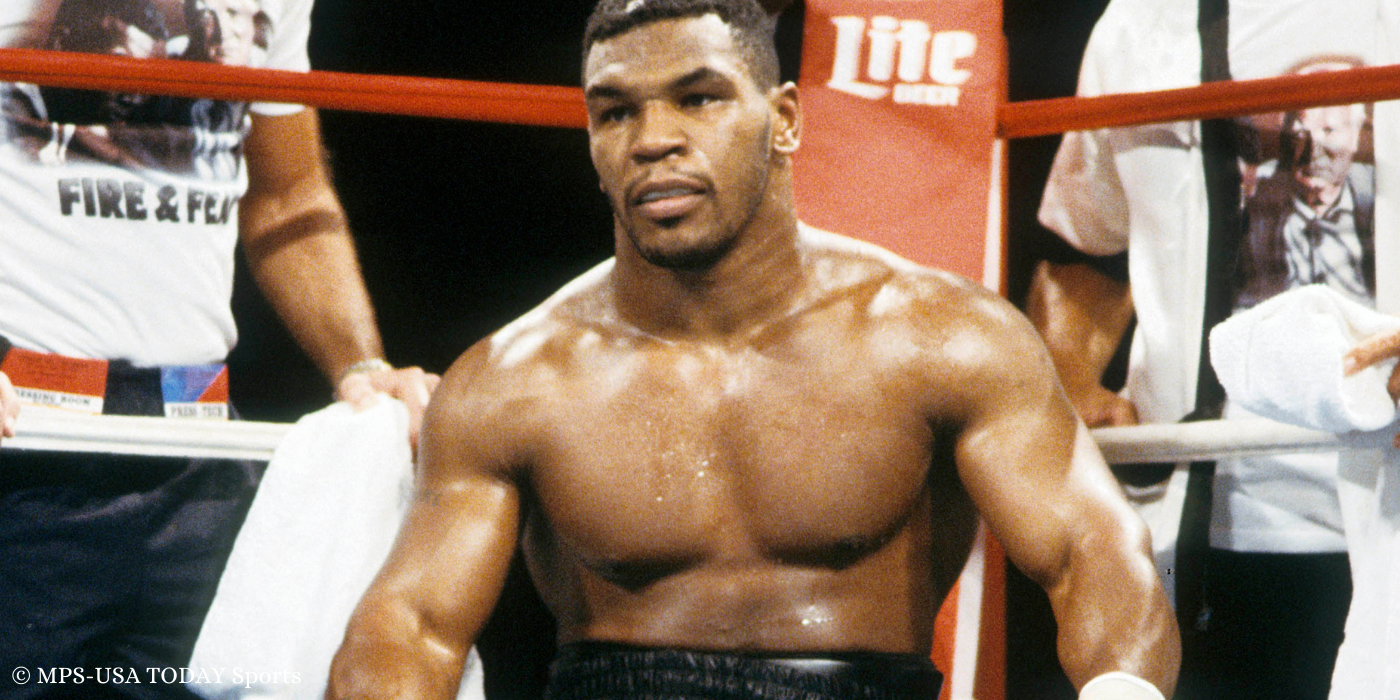
Tyson’s early years were marked by a pattern of petty criminal activities and physical altercations in response to mockery of his high-pitched voice and lisp. His troubled life led him to make a success in boxing at an early age.
Surviving Brownsville
Mike Tyson’s Early Life Surrounded By Gangs
Tyson was born in Fort Greene, Brooklyn.
Along with his family, he lived in Bedford-Stuyvesant until their financial burdens necessitated a move to Brownsville.
Tyson grew up in Brownsville, one of New York’s most dangerous neighborhoods in the 1970s. Plagued by poverty, Brownsville was in the depths of an economic depression that fueled urban decay. Shootings, stabbings and muggings occurred daily as criminal gangs like the Black Spades ruled the streets with an iron fist.
As an undersized youth with a high-pitched voice, the young Tyson stood out as an easy target. Towering bullies would mock him as “fairy boy” and subject him to brutal beatings just for fun. “I was terrified to even walk to the store alone,” Tyson recalled. To avoid the constant torment, he began skipping school. Instead, he roamed Brownsville looking to prove himself through acts of violence and petty crime. By age 13, Tyson had been arrested dozens of times. Brownsville seemed poised to swallow another lost soul.
Mike Tyson Was Discovered at Tryon
Iron Mike Showed His Natural Talent
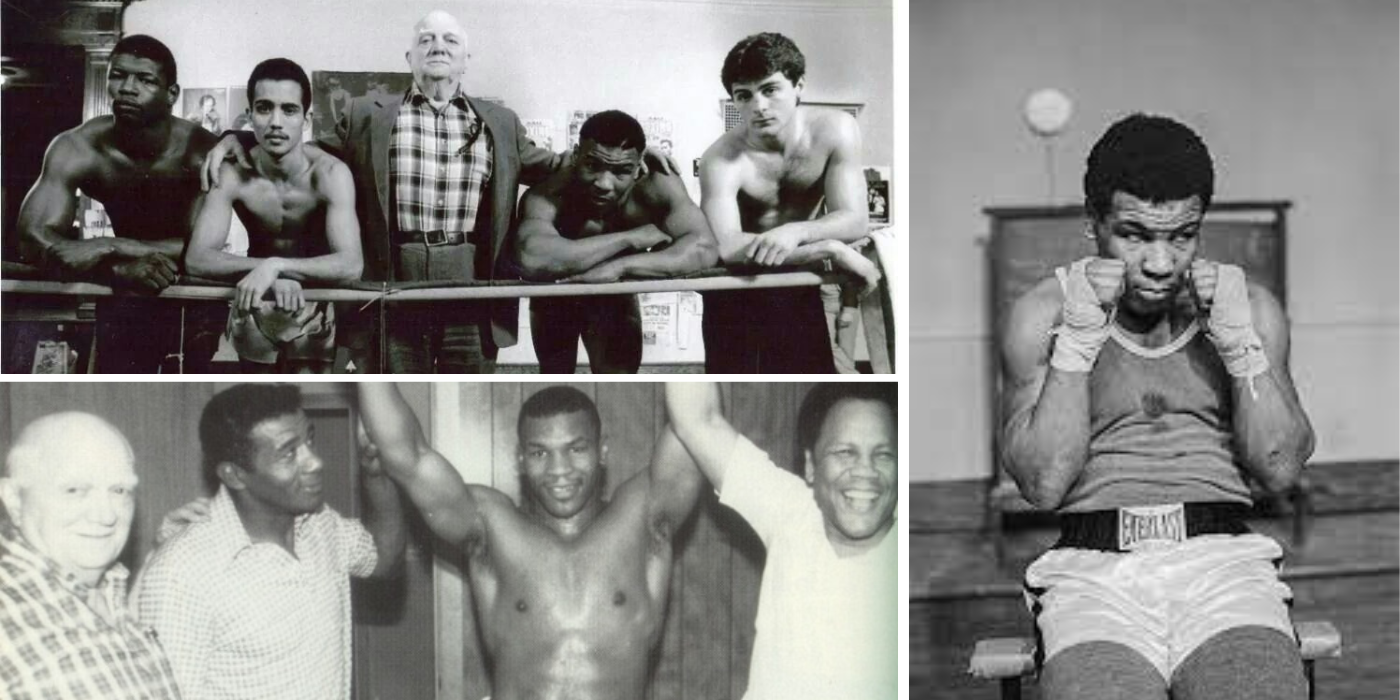
At age 13, Tyson’s life changed when he was introduced to boxing by a social worker named Bobby Stewart. Stewart ran a boxing gym called the Tryon School for Boys Club where he taught the sport to troubled youth as an outlet and discipline. When Stewart first saw Tyson fight, he knew immediately the kid had raw talent. Tyson threw punches with a speed and fluidity beyond his years.
Stewart introduced Tyson to renowned boxing manager Constantine “Cus” D’Amato, who became Tyson’s legal guardian and trainer.
Competing for Tryon, the prodigious Tyson rapidly excelled. He won junior Olympic gold in 1981 at just 15 years old, showcasing thunderous power. By 16, his amateur record boasted over 100 wins against just 6 losses.
“I knew with my skills and heart, one day they’d be calling me the champ,” declared a teenage Tyson brimming with newfound self-assurance. Thanks to D’Amato instilling a champion’s mindset, the lost Brownsville kid believed with all his heart in the destiny laid out before him.
Meanwhile, tragedy struck when D’Amato passed away in November 1985. But his vision lived on through Tyson, who carried the trainer’s dreams on his powerful shoulders. On November 22, 1986, 20-year-old “Iron Mike” faced WBC champion Trevor Berbick in Las Vegas. He needed just two explosive rounds to seize the strap, becoming the youngest heavyweight king in history at 20 years, 4 months.
The boxer’s mean, explosive fighting style that first emerged on Brooklyn streets was refined through years of preparation under D’Amato’s tutelage. This allowed a young Mike Tyson to rise from bullying victim to the pinnacle of boxing greatness within a few whirlwind years. Tyson once reflected, “I knew how to hurt people, because I was hurt myself.”
In his prime, Mike Tyson embodied the intimidating persona and blistering punches he pioneered back in his amateur days. His menacing presence and raw power made him one of the most feared yet respected boxers of any era. Though Tyson’s career later became mired in controversy, his origins reveal an underdog who overcame a harsh upbringing through his prodigious gifts as a fighter.
Cus D’Amato: The Mentor Who Shaped a Champion
Tyson Credits Cus For His Success
Cus died about one year before Tyson became a world champion.
He trained other succesful boxers, such as Floyd Patterson, and José Torres.
Cus D’Amato was more than just a trainer to Mike Tyson; he was a guiding force who transformed a troubled teenager into one of the greatest boxers of all time. D’Amato saw Tyson’s raw potential early on and dedicated himself to refining the young fighter’s natural talent. He instilled in Tyson the “peek-a-boo” style of boxing, a technique that emphasized aggressive defense, head movement, and explosive counterpunching. This allowed Tyson to overcome the size advantage majority of his opponents had over him.
Beyond physical training, D’Amato nurtured Tyson’s mental strength, teaching him to channel his anger and pain into the ring. As a father figure and mentor, D’Amato gave Tyson the discipline and belief in himself that he desperately needed, shaping him into the youngest heavyweight champion in history and cementing his legacy in the sport.
Tyson’s Turbulent Path to Fame
Mike Tyson Was Controversial Throughout His Career
During the late 1980s and throughout the 1990s, Tyson reached the peak of his fame and career.
He became one of the most globally recognized sports personalities of that era.
Alongside his numerous sporting achievements, Tyson’s controversial behavior both inside and outside the ring garnered significant attention.
His actions often sparked outrage and controversy, leading to frequent appearances in courtrooms and the public eye.
While Tyson’s meteoric rise in boxing seemed destined, his path was not without troubles and tribulations. Growing up in a dangerous neighborhood shaped Tyson’s aggressive mentality and created personal challenges he carried with him.
Even as his career took off, Tyson’s volatile behavior outside the ring occasionally surfaced. In 1988, he divorced his wife Robin Givens after a stormy marriage filled with allegations of domestic violence. Tyson’s temper also led to street fights and public incidents.
Some speculated that Tyson’s lack of guidance after Cus D’Amato’s death contributed to his acting out. D’Amato had been a stabilizing mentor, keeping Tyson focused solely on boxing. Without him, Tyson struggled with fame and scrutiny at such a young age.
Nonetheless, Tyson succeeded in channeling his demons into his ferocious boxing style. His personal troubles seemed only to make him more fearsome in the ring. Tyson later reflected that boxing “took my mind off the streets…If I hadn’t found boxing, I wouldn’t have made it.”
Tyson’s Ferocious Fighting Style
Iron Mike Was One Of The Most Feared Heavyweights
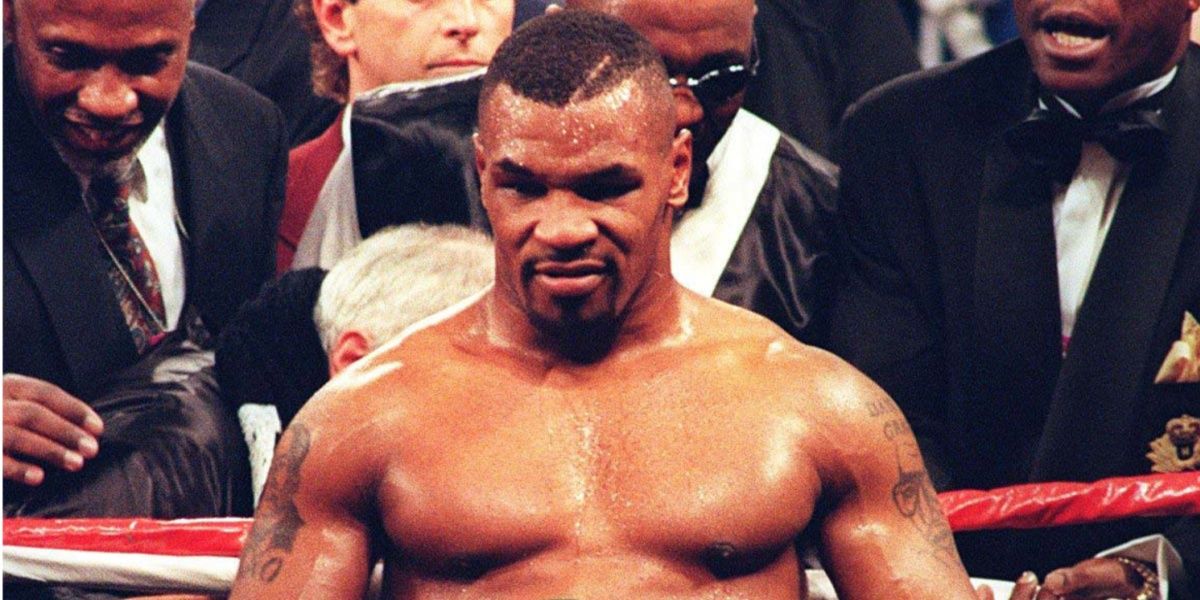
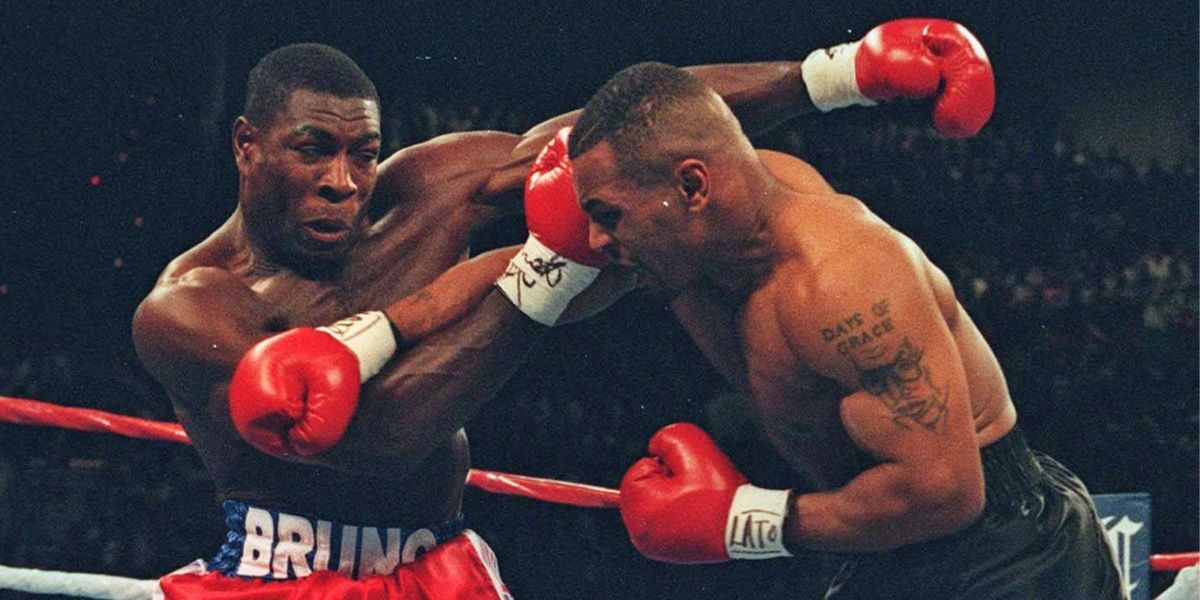
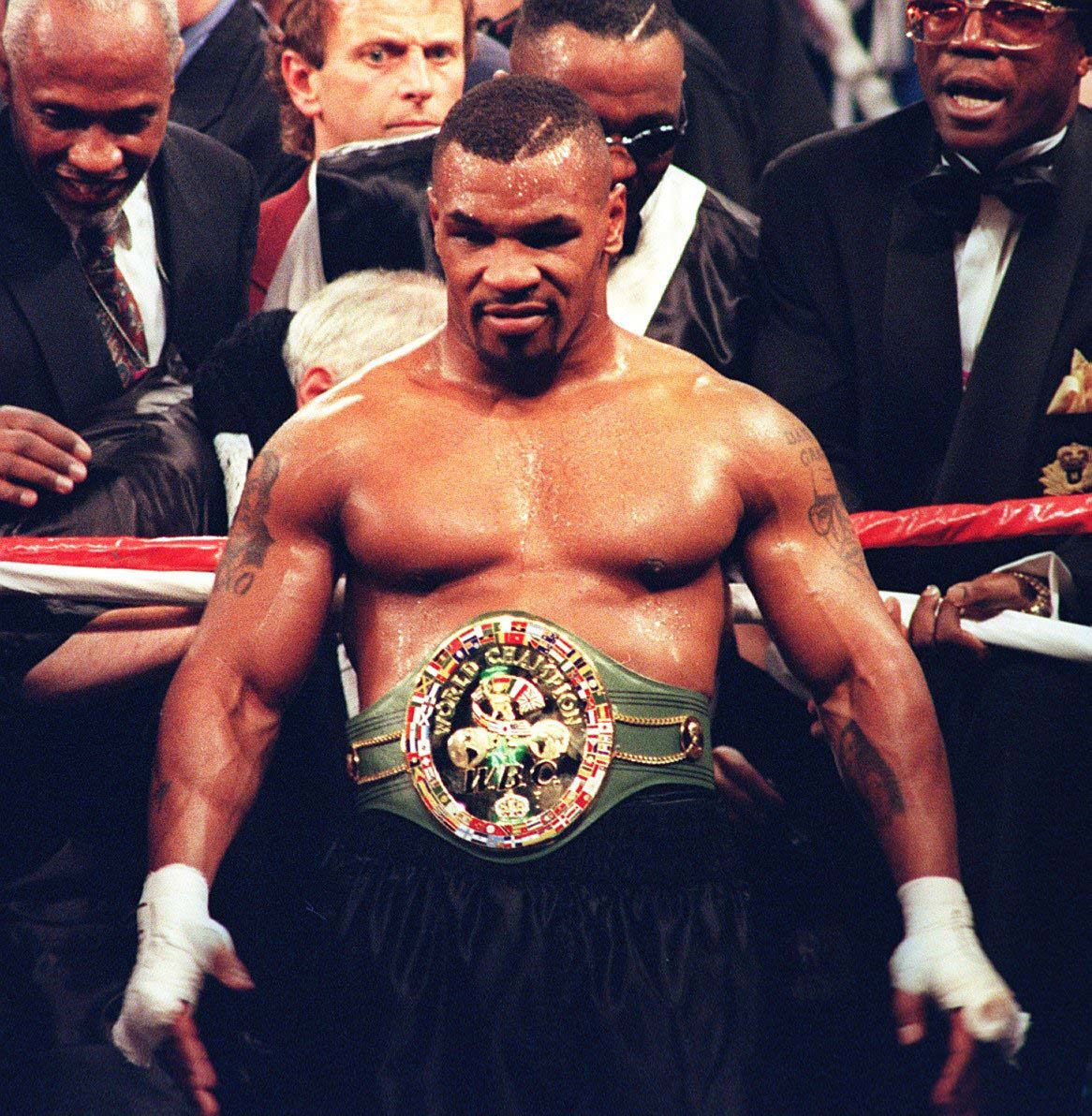
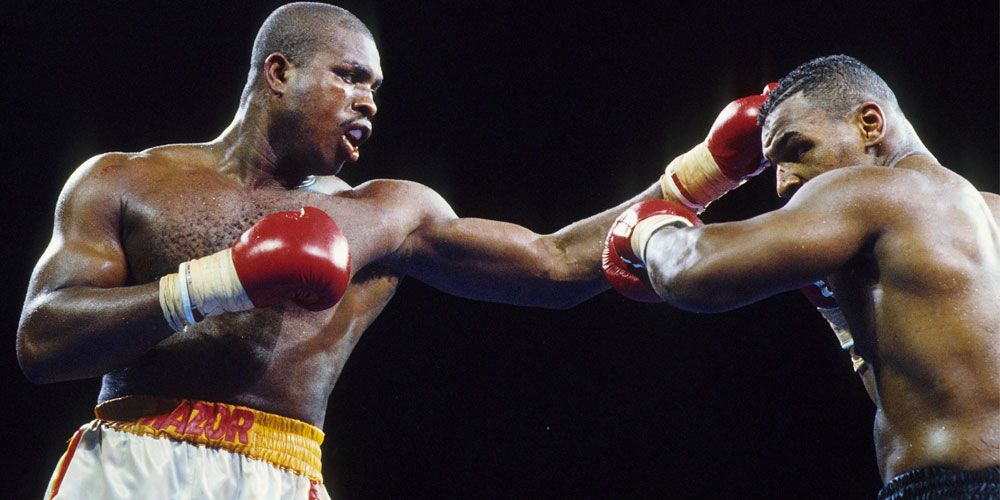

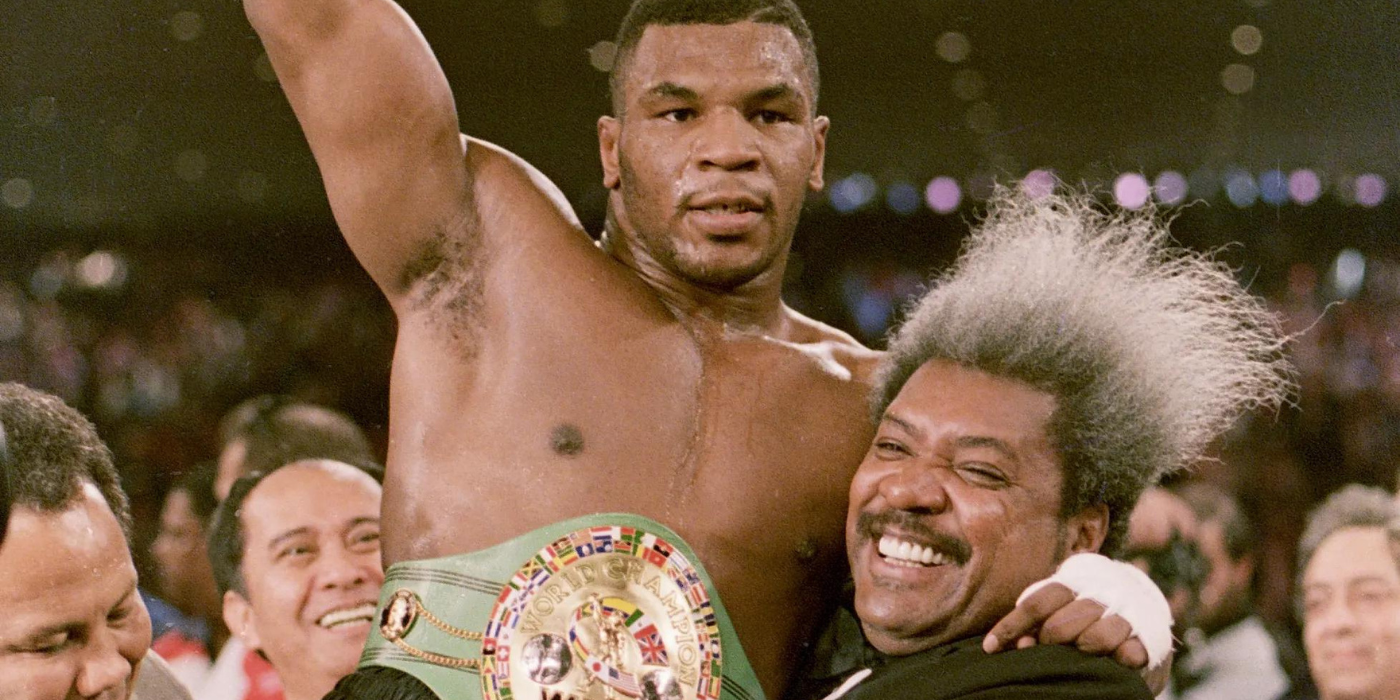






Fighter
Pro Record
Titles
Mike Tyson
58 fights, 50 wins, 6 losses, 44 by knockout
WBA, WBC, and IBF, The Ring heavyweight titles
Tyson won most fights within seconds, intimidating foes into mistakes he would exploit for lightning quick knockouts, once stating, “Everybody has a plan ’till they get punched in the mouth.” Tyson turned plans into pandemonium with his jarring early blows.
His defensive abilities matched his offensive arsenal. Tyson mastered slipping punches using subtle head movements that left adversaries swinging at air. Combined with weaving under punches and precise blocks, Tyson was an elusive target.
This blend of impenetrable defense and shocking offense enabled Tyson to establish himself as one of history’s most feared punchers. Respected champions entered matches with Tyson already intimidated by his mythical status as the “Baddest Man on the Planet.”
Mike Tyson overcame bullying and crime as a child by discovering a talent and passion for boxing. Under storied trainer Cus D’Amato, Tyson’s raw punching power was transformed into super stardom. His journey from Brooklyn amateur to the youngest ever heavyweight champion at 20 years old contains all the makings of a truly inspiring boxing legend. For generations to come, Tyson’s unprecedented achievements will serve as a reminder that on the right path, even the most disadvantaged youth can fulfill their potential.


